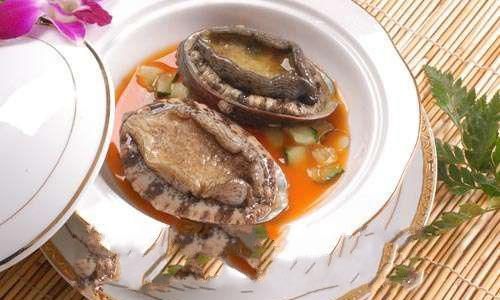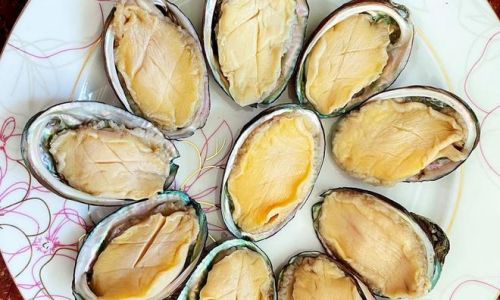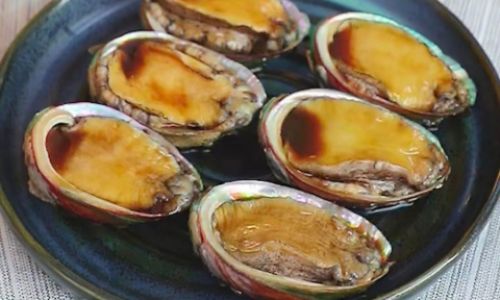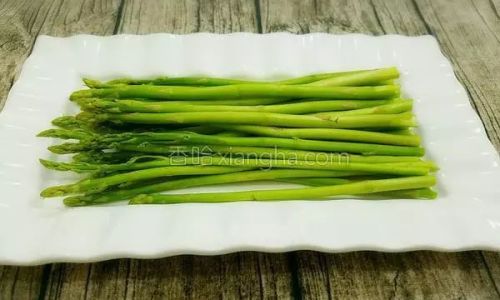Table of content
Abalone, a prized marine delicacy revered across continents, has graced banquet tables and intimate dinners for centuries. Known for its tender yet chewy texture, briny sweetness, and luxurious reputation, this shellfish demands respect in the kitchen. Whether you’re a seasoned chef or a curious home cook, mastering abalone preparation unlocks a world of culinary possibilities. This comprehensive guide explores everything from selecting the freshest specimens to executing gourmet recipes, ensuring every bite delivers unparalleled flavor and elegance.
Understanding Abalone: Types and Quality
Before diving into cooking methods, it’s essential to grasp the basics. Abalone belongs to the Haliotidae family, with over 100 species worldwide. The most coveted varieties include Haliotis rubra (Australian blacklip), Haliotis discus hannai (Japanese awabi), and Haliotis midae (South African perlemoen). Size, color, and habitat influence taste and texture. Larger abalone tend to be tougher, requiring longer cooking times, while smaller ones offer delicate tenderness.
When purchasing abalone, prioritize freshness. Look for specimens with intact shells, firm flesh, and a mild oceanic aroma. Frozen abalone is a viable alternative but may lack the same suppleness. Dried abalone, a Chinese delicacy known as bao yu, requires rehydration before use and offers a concentrated umami punch.
Preparation: Cleaning and Tenderizing
Abalone’s muscular foot—the edible portion—adheres tightly to its shell. Proper cleaning is non-negotiable:

- Detaching the Meat: Use a spoon to pry the abalone from its shell, working gently to avoid tearing.
- Removing Intestines: Slice away the dark, visceral mass near the shell’s edge.
- Rinsing: Scrub the meat under cold water to eliminate grit.
Tenderizing is critical to counteract abalone’s natural toughness. Techniques include:
- Pounding: Lightly hammer the meat with a meat mallet or the back of a knife to break fibers.
- Marinating: Soak in acidic liquids (lemon juice, vinegar) or enzymatic marinades (pineapple, kiwi) for 1–2 hours.
- Scoring: Crosshatch the surface to promote even cooking and absorbency of seasonings.
Cooking Techniques: From Delicate to Dramatic
Abalone’s versatility shines through diverse cooking methods. Experiment to find your favorite:
Steaming
A gentle technique that preserves moisture and subtle flavors.
- Method: Place tenderized abalone on a plate with aromatics (ginger, scallions). Steam for 3–5 minutes (small) or 8–10 minutes (large).
- Pro Tip: Baste with hot oil post-steaming for added sheen and richness.
Grilling
Ideal for imparting smokiness and caramelization.
- Method: Marinate in a mix of soy sauce, mirin, and garlic. Grill over high heat for 2–3 minutes per side.
- Pro Tip: Use a cedar plank to infuse woodsy aromas.
Pan-Searing
Creates a crisp exterior while keeping the interior tender.

- Method: Pat abalone dry, season with salt, and sear in a hot skillet with butter. Cook 1–2 minutes per side.
- Pro Tip: Deglaze the pan with white wine for a quick sauce.
Poaching
A French technique that yields silky textures.
- Method: Simmer abalone in court-bouillon (vegetable-infused broth) for 15–20 minutes. Serve chilled with vinaigrette.
- Pro Tip: Add saffron to the poaching liquid for a golden hue.
Raw Preparations
Celebrated in sushi bars, raw abalone demands impeccable freshness.
- Method: Slice paper-thin and serve with soy sauce, wasabi, or citrus ponzu.
- Pro Tip: Freeze abalone briefly for easier slicing.
Global Recipes: A Culinary Tour
Chinese-Style Steamed Abalone with Ginger and Soy
A classic dish highlighting abalone’s briny sweetness.
- Ingredients: 4 abalone, fresh ginger (thinly sliced), light soy sauce, sesame oil, cilantro.
- Instructions:
- Steam abalone with ginger for 5 minutes.
- Drizzle with soy sauce and sesame oil.
- Garnish with cilantro and serve immediately.
Japanese Abalone Sashimi with Yuzu Kosho
A refreshing appetizer with a citrusy kick.
- Ingredients: 2 abalone, yuzu kosho (Japanese chili paste), shiso leaves, soy sauce.
- Instructions:
- Slice abalone thinly and arrange on shiso leaves.
- Serve with a dipping sauce of soy sauce and yuzu kosho.
French-Style Seared Abalone with Beurre Blanc
Elevate dinner parties with this buttery masterpiece.

- Ingredients: 4 abalone, white wine, shallots, butter, lemon juice.
- Instructions:
- Sear abalone in a hot pan with butter.
- Deglaze with white wine and reduce.
- Whisk in cold butter for a silky beurre blanc.
- Spoon sauce over abalone and serve.
Mediterranean Abalone Paella
Infuse abalone into a vibrant rice dish.
- Ingredients: 8 abalone, bomba rice, saffron, roasted red peppers, smoked paprika.
- Instructions:
- Sear abalone and set aside.
- Toast rice in a paella pan, add stock, saffron, and paprika.
- Nestle abalone into the rice and bake until tender.
Pairing Suggestions: Elevating the Experience
Abalone’s complexity pairs beautifully with:
- Wines: Crisp Chardonnay, mineral-rich Sauvignon Blanc, or sparkling Cava.
- Sake: Junmai Ginjo with floral notes complements raw preparations.
- Beverages: Iced green tea or lemongrass-infused water for refreshment.
For sides, consider:
- Steamed Jasmine Rice: Absorbs flavorful sauces.
- Roasted Asparagus: Adds earthy contrast.
- Daikon Radish Salad: Cuts through richness with crunch.
Preservation and Leftovers
Abalone is best enjoyed fresh, but leftovers can be stored:
- Refrigeration: Place in an airtight container for up to 2 days.
- Reheating: Gently warm in a skillet to avoid toughening.
Conclusion: The Art of Abalone
Abalone transcends mere sustenance—it’s a canvas for culinary creativity. Whether steamed, grilled, or served raw, this shellfish rewards patience and precision. Experiment with global flavors, and don’t shy away from bold pairings. With practice, you’ll master the delicate balance of texture and taste that makes abalone a timeless treasure.

As you embark on your abalone journey, remember that respect for the ingredient is paramount. Let its natural brilliance shine, and every dish will become a testament to the ocean’s bounty. Bon appétit!






0 comments